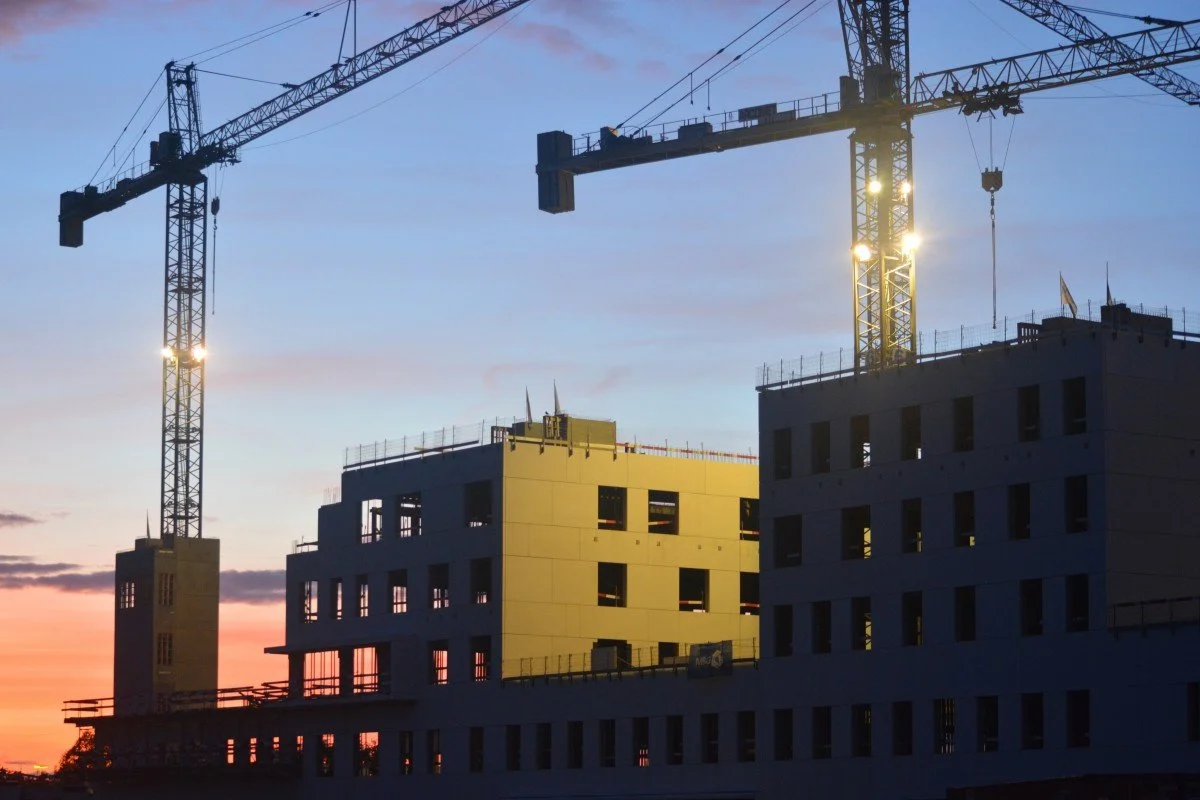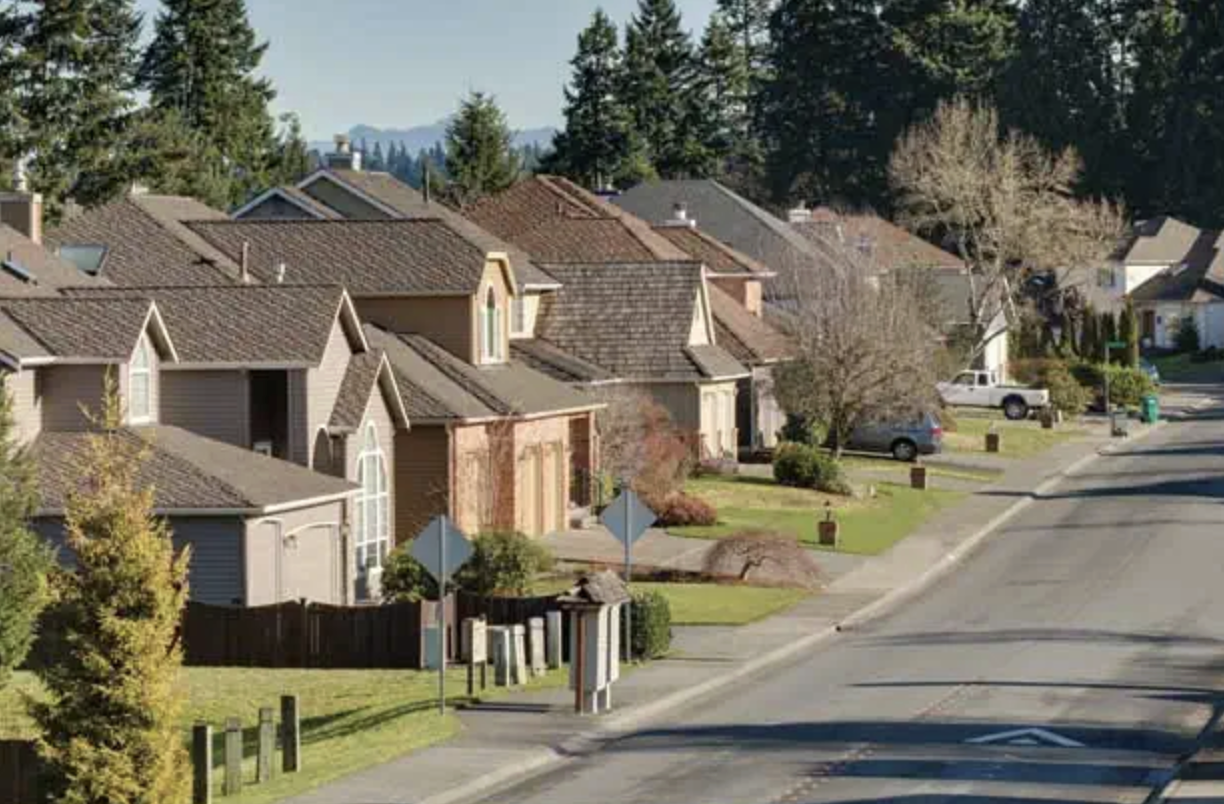The Rent-Gap Reality
What Seattle's Slowing Rental Construction Means for Buyers and Investors
Seattle's skyline still glitters with cranes, but look closer and you'll notice something subtle: those cranes are lingering longer between projects.
For the first time in years, the city's rental pipeline is shrinking. Between April 2024 and March 2025, developers approved only 21 multifamily units per 10,000 residents — roughly half the rate of two years ago (Axios, June 2025). Vacancy rates have tightened to around 5–7 percent, and new apartment starts are slowing across the region.
This matters more than it sounds. When fewer rentals come online, renters have fewer options and less mobility. Some stay put, driving up occupancy rates. Others — especially those with savings or steady income — start looking toward ownership instead. That pressure doesn't disappear; it shifts into the for-sale market.
And right now, that market is catching its breath. King County inventory hit 3.25 months this year, the highest level we've seen in 2024. Homes are still selling, but buyers finally have room to think. It's not a buyer's market yet, but it's starting to feel more human again.
When Possibility Becomes an Asset
A friend of mine recently sold his property off-market at full price — a house near Rainier Beach with a second kitchen that made most buyers nervous. Zoning was complicated, the layout unconventional. Many buyers wouldn't come close.
But both he and the buyer were experienced house hackers. The buyer saw what others missed: possibility. Live upstairs, create rental income downstairs, let the property work for you. In a city where new rental inventory is scarce, homes with flexible layouts — a second kitchen, a daylight basement, an ADU — aren't just interesting. They're essential.
That deal wasn't an anomaly. It was a preview.
The Quiet Reshuffling
Here's the pattern emerging: rental construction slows, vacancies tighten, and suddenly the line between "renter" and "owner" feels less like a canyon. Smaller, flexible properties — the duplexes, the mother-in-laws, the homes with basement apartments — become the backbone of how people actually live here.
For longtime renters, it's a window to explore ownership before demand surges again. For investors, it's a reminder that Seattle's housing future isn't just about towers; it's about the human-scale properties that let people build equity while keeping their communities intact. And for anyone sitting on a property with unused potential, it's a signal: what you have might be exactly what someone needs.
The Space Between Cycles
Seattle has always been a city in motion — we build, we boom, we pause, we build again. But real growth isn't just vertical; it's communal.
The cranes may be slowing, but in that quiet space, something important is taking shape. A chance to reimagine what ownership looks like. To see potential in properties others overlook. To recognize that home isn't just a transaction — it's timing, creativity, and knowing when to act.
The rent gap is real. And right now, it's creating opportunities for those paying attention.
Whether you're a longtime renter ready to explore ownership, an investor looking for your next move, or a homeowner sitting on hidden potential — let's talk. I help people see possibilities others miss.

